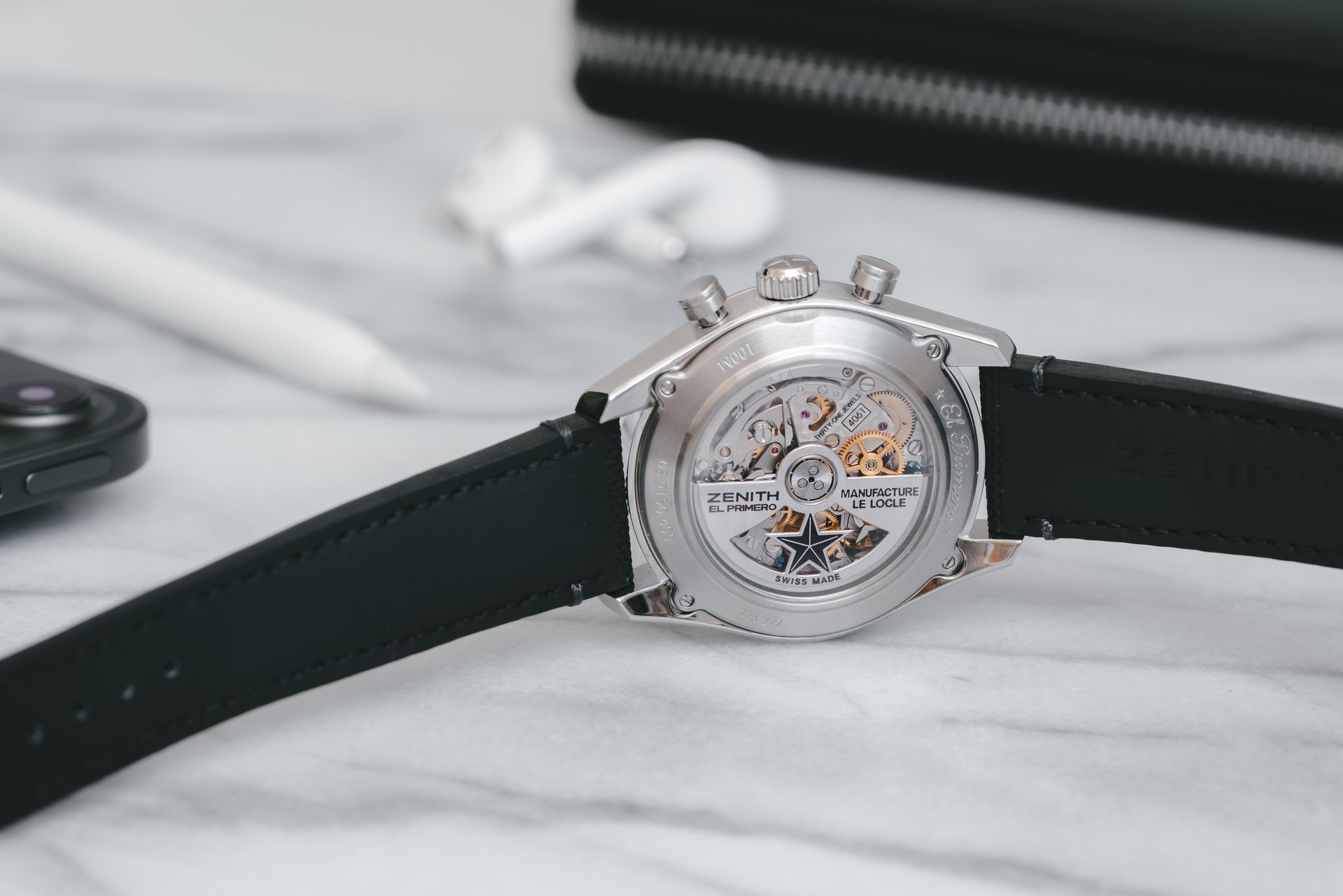

Movement of a pendulum or oscillating body between two extreme positions (A' and A''). Their.īefore the watch can be timed, the following operations must be completed:pinning, centring and truing the balance spring poising the balance defining the count point.Ī watch whose dial shows the time of places in different time zones. The majority of stones (jewels) used in watches today are synthetic. In watchmaking, a precious stone used as a bearing, endstone or pallet-stone, known internationally as jewels. It belongs to the mono-crystalline family of quartz. Under certain conditions, it.Ī rock crystal that has inclusions of rutile that looks like golden hair. Quartz has the specific property of vibrating at a very high frequency (32 MHz) placed under electric current. Ornamental paillons under a layer of transparent enamel (fondant). Labradorite has a hardness of 6 to 6.5 and a specific.Ī symbol that replaces some or all of the numerals on a dial.Ī silver-white alloy of copper, nickel and zinc developed in France circa 1820 by Maillot and Chorier from whom it takes its name.Ī device such as a pendulum or balance that produces the oscillations that divide time into equal units: a balance spring in a mechanical watch a quartz in a quartz watch. Invented by Bonnicksen, a Danish watchmaker established in London.See complication.Ī variety of plagioclase feldspar that has a greyish background with flashes of colour called labradorescence.

The movement of a quality watch has between 15 and 21 jewels.Ī device similar to the tourbillon, the difference being that the cage is driven by the third wheel. The international term for the jewels (rubies) in a watch movement that are used as bearings for pivots to reduce friction. Small pieces of metal placed on the balance of the watches to regulate variation in rate in the absence of an index, in particular for chronometers.A small piece of metal whose inertia. This transparent stone has a hardness of 6.5 - 7 and a specific gravity of 3.6. With its 365.25 days, the Julian year was 11 minutes.Ī brown to orange gemstone variety of grossular garnet. The calendar now referred to by the majority of countries, introduced in 1582 by Pope Gregory XIII in his reform of the Julian calendar. Some fancy cuts include the heart, oval, marquise, navette, kite, and triangle. Inclusions in emerald are called jardins from the French word for garden.įancy cut stones are cut in any form other than a brilliant cut. Its colour is due to minute traces of chromium or sometimes vanadium. The saturated green variety of the Beryl family. The year was divided into 12 months and each month into three 10-day periods known as. Diamonds are.Ī watch or clock dial made in 1793, after the French Revolution which imposed the decimal calendar. A stone is cut to show off its colour and create lustre by the play of light on its facets and eliminating its defects.
COLLECTIVE HOROLOGY TRIAL
Repeater watch (see complication) in which hammer and bell are replaced by a sharp pin which protrudes from the case to prick the finger once for each hour.A type of watch made after.Ī catch that can be operated from the outside of a watch case to trigger a mechanism, for example to set the hands.Ĭut is the result of centuries of research, trial and error.


 0 kommentar(er)
0 kommentar(er)
